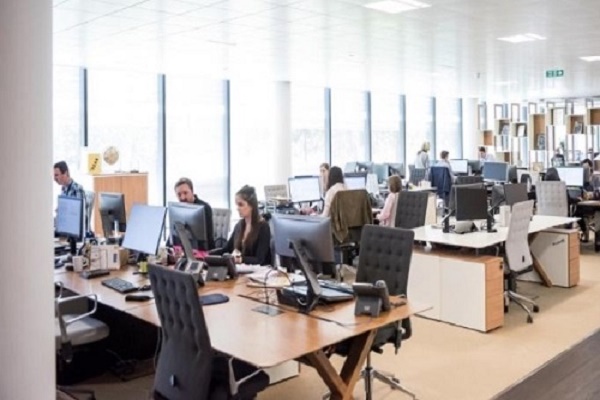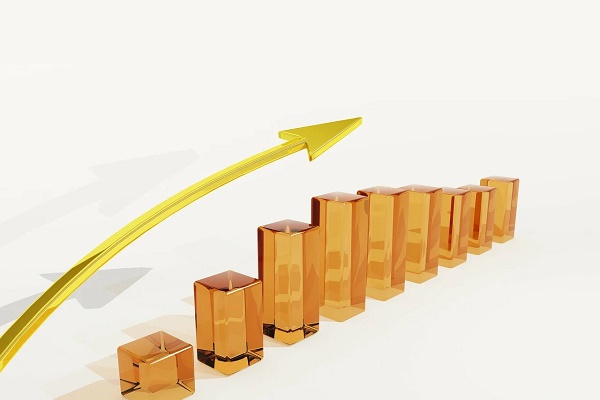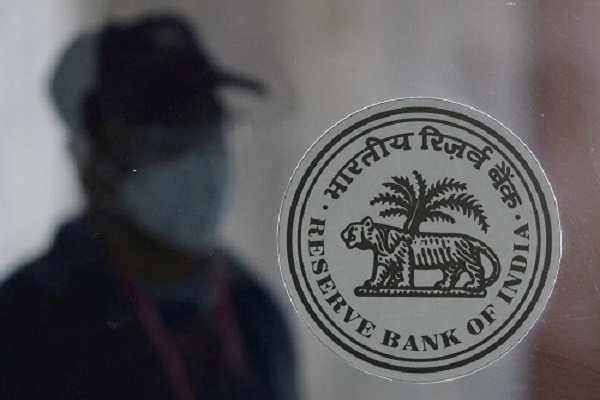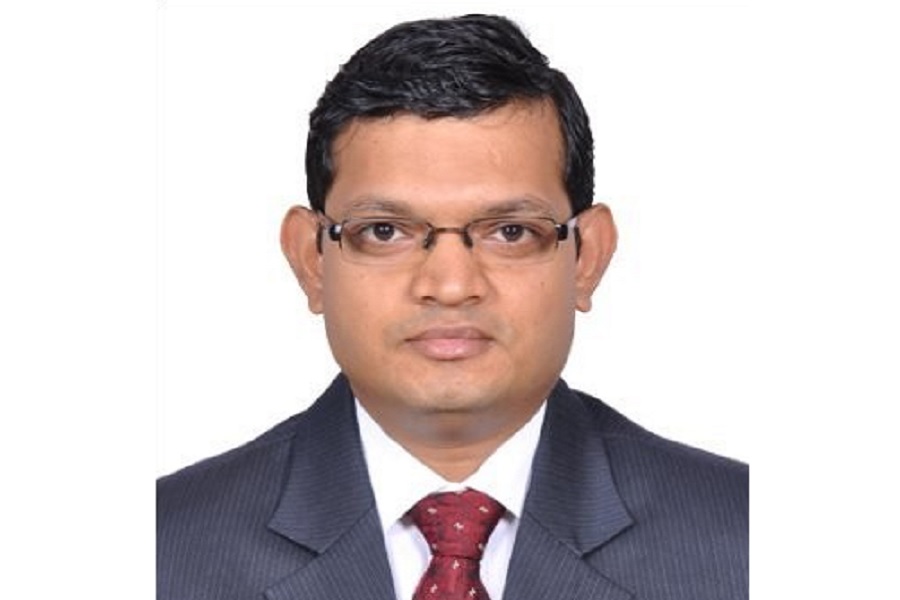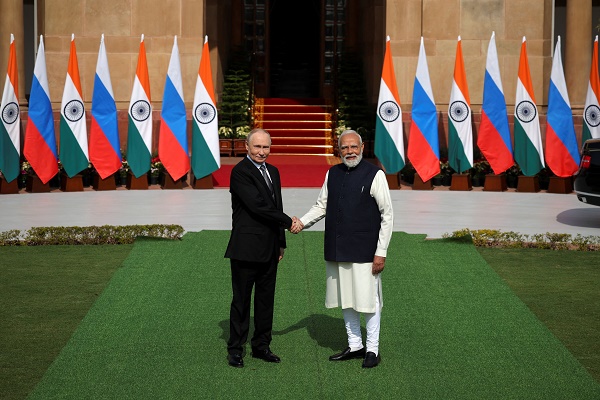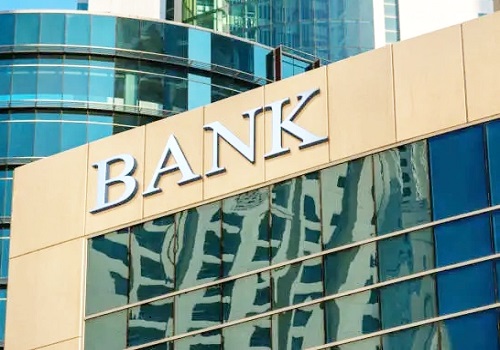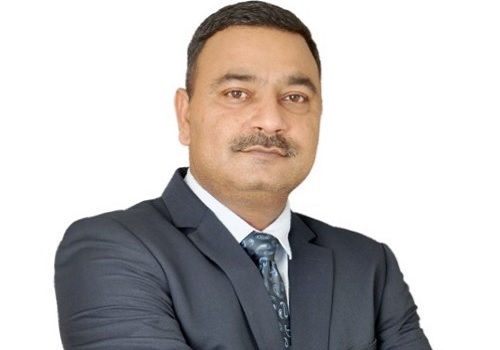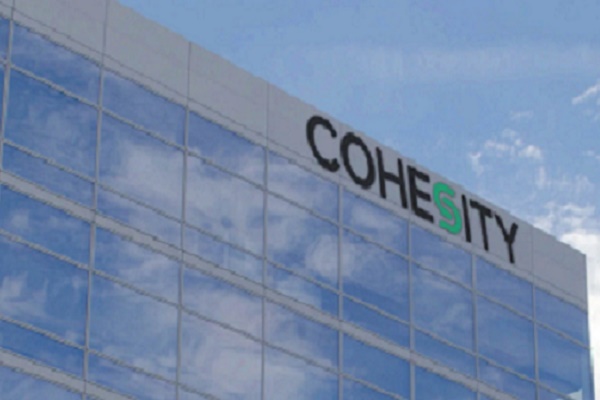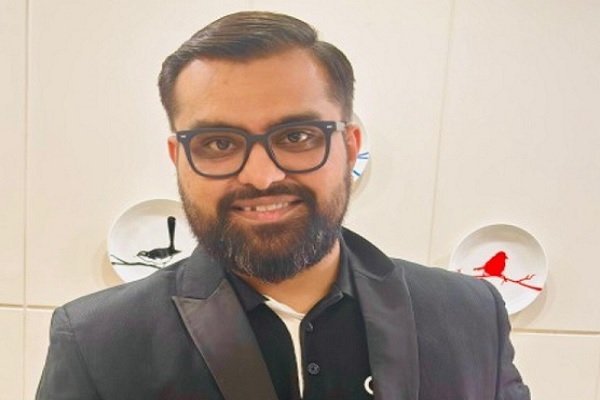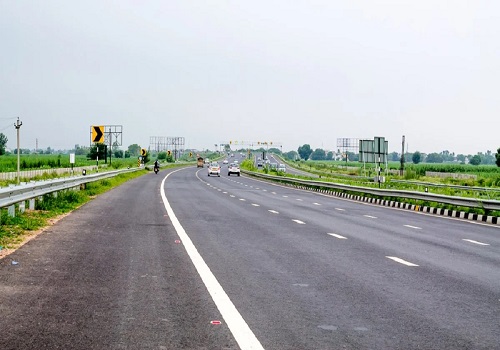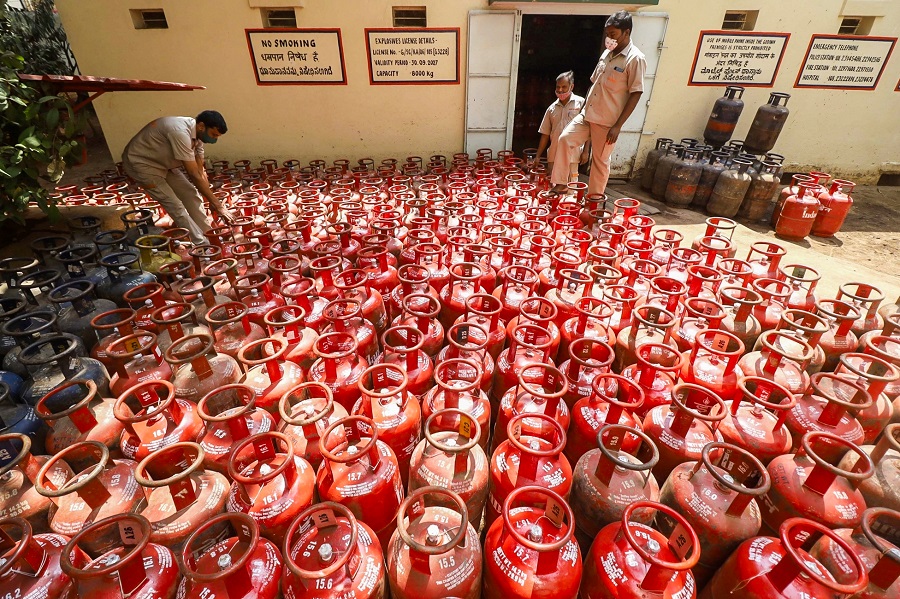High food prices in India threaten overall inflation outlook, say rate panel members

Rising food prices have prevented India's headline inflation from hitting the central bank's 4% target, requiring the monetary policy committee (MPC) to stick to its restrictive stance, minutes of the Reserve Bank of India's August meeting showed.
"Persistent food inflation is imparting stickiness to headline inflation," Governor Shaktikanta Das said in the minutes released on Thursday.
"Durable alignment of inflation to the target of 4% is still some distance away".
India's retail inflation fell in July to a near five-year low of 3.54%, as food inflation eased from previous highs due to a base effect, while core inflation continued to hover around record low levels of around 3%.
"Core inflation might just have bottomed out," Das said.
The RBI kept its key interest rate unchanged earlier in August, as widely expected, retaining its focus on bringing inflation down even as global market volatility left other major central banks poised to ease policy.
Four out of six MPC members voted in favour of the rate decision, while Jayanth Varma and Ashima Goyal voted for a 25 basis points rate cut and a change in stance to neutral.
"Overall Indian growth is resilient, but it is still below potential," Goyal wrote in the minutes.
Varma said on a forward looking basis, the current repo rate of 6.5% translates into a real rate of 2.1% which is well above what is required to drive inflation to its 4% target.
"It is true that disinflation has been protracted, and therefore restrictive monetary policy has to be maintained for a few more quarters. But a real interest rate of 1.5% is sufficiently restrictive in this environment," Varma wrote.
Deputy governor Michael Patra said persistently rising prices are a reflection of too much demand chasing too less supply even if it is a supply shortfall that starts the price spiral, and it is the remit of monetary policy to adjust demand conditions to the state of supply.
"Potential output is now rising faster than its pre-pandemic pace; even so, a positive output gap has opened up – actual output is running ahead of potential output - warranting vigil on aggregate demand developments," Patra wrote.
RBI expects India's economy to expand at 7.2% in the current fiscal year to March 2025, slowing from 8.2% last year. June quarter GDP will be released on Aug. 30.
